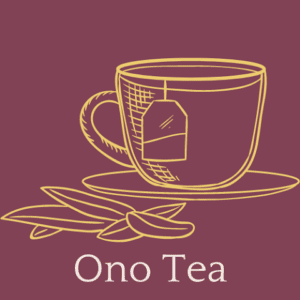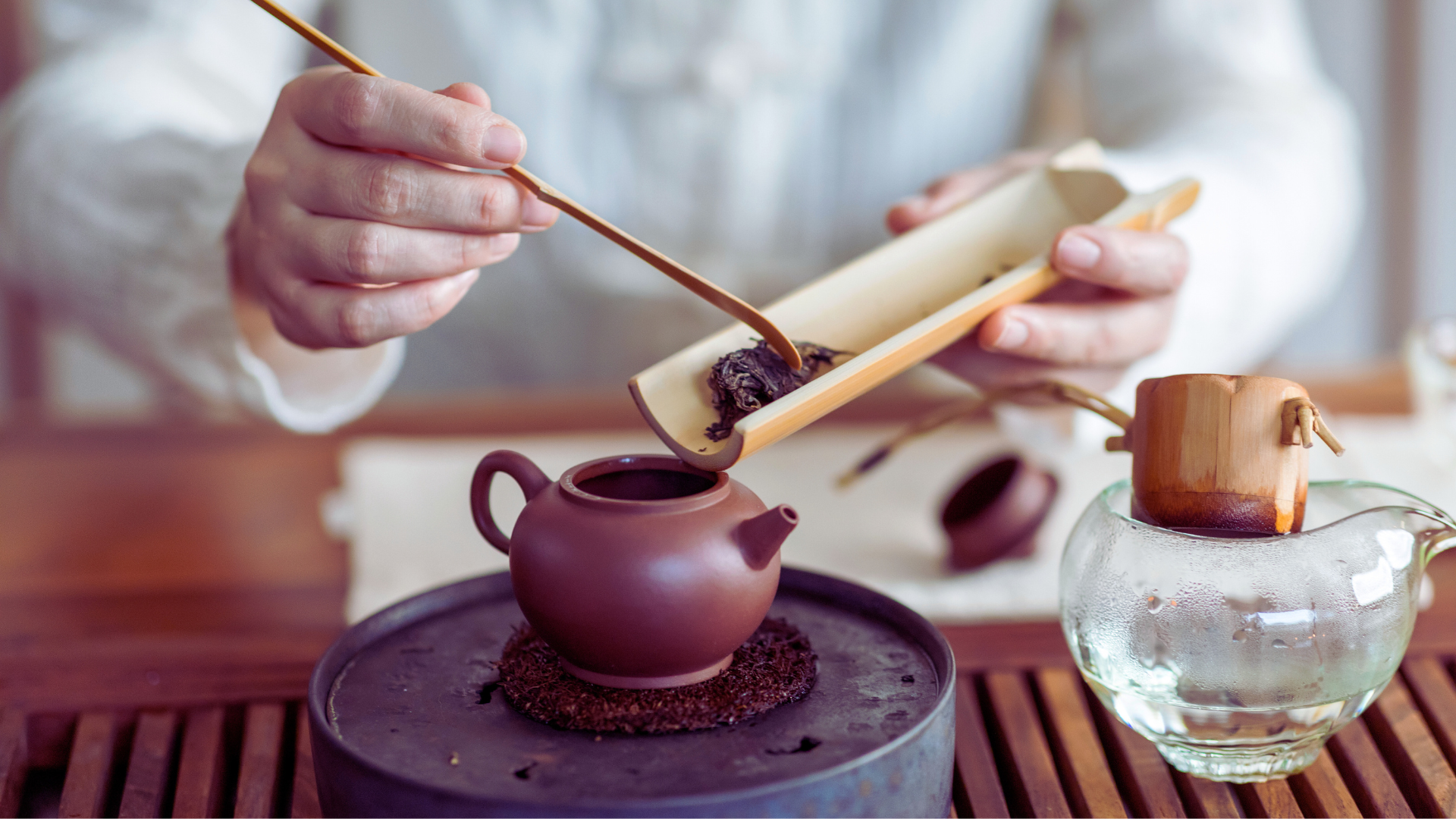Oolong tea, a partially fermented tea that sits between the freshness of green tea and the robustness of black tea, offers a versatile and complex flavor profile that makes it an exceptional companion to a wide variety of foods. With its floral, woody, creamy, or even fruity notes—depending on the specific type and oxidation level—oolong tea can elevate your dining experience by complementing, contrasting, or cleansing the palate. This guide explores the art of pairing oolong tea with food, offering practical tips, specific recommendations, and insights into how this ancient beverage can enhance your meals, whether you’re enjoying a casual snack or a multi-course feast.
Understanding Oolong Tea: A Spectrum of Flavors
Before diving into pairings, it’s worth understanding what makes oolong tea unique. Originating from China and Taiwan, oolong tea is crafted through a meticulous process of withering, oxidation, and roasting. The degree of oxidation can range from 10% to 80%, giving oolong a vast spectrum of flavors. Lightly oxidized oolongs, like Tie Guan Yin (Iron Goddess of Mercy), often exhibit floral and grassy notes with a refreshing finish. Heavily oxidized varieties, such as Wuyi Rock Tea or Oriental Beauty, lean toward richer, darker profiles with hints of honey, caramel, or roasted nuts.
This diversity means that oolong tea isn’t a one-size-fits-all pairing option—it’s a chameleon, adapting to the flavors on your plate. The key to successful pairing lies in identifying the tea’s dominant characteristics and matching or contrasting them with your food’s taste, texture, and intensity.
General Principles of Pairing Oolong Tea with Food
Pairing tea with food follows principles similar to those used in wine pairing: harmony, contrast, and balance. Here are some foundational guidelines to get started:
- Match Intensity: Light, delicate oolongs pair best with subtle flavors, while bold, roasted oolongs stand up to richer, heavier dishes.
- Complement or Contrast: You can enhance a dish by echoing its flavors (e.g., a nutty oolong with roasted vegetables) or by introducing a contrasting note (e.g., a floral oolong with a spicy dish to cool the palate).
- Cleanse the Palate: Oolong’s natural astringency and smooth finish make it excellent for cutting through fats and refreshing the taste buds between bites.
- Consider Texture: Creamy oolongs can mirror creamy dishes, while crisp, light oolongs work well with crunchy or fresh foods.
With these principles in mind, let’s explore specific pairings across breakfast, lunch, dinner, and dessert, along with snacks and regional cuisines.
Breakfast Pairings: Starting the Day with Oolong
Breakfast is an ideal time to experiment with oolong tea, as its moderate caffeine content provides a gentle lift without the jolt of coffee. For a classic Western breakfast of eggs, bacon, and toast, a medium-oxidized oolong like a Taiwanese High Mountain Oolong works beautifully. Its smooth, slightly sweet profile complements the richness of the bacon and eggs while cutting through the buttery toast. The tea’s subtle floral undertones also bring a touch of elegance to this hearty meal.
If you prefer a lighter start—say, yogurt with granola and fresh fruit—a lightly oxidized Tie Guan Yin is a perfect match. Its bright, grassy notes enhance the freshness of the fruit, while its delicate sweetness harmonizes with the yogurt’s tanginess. For those who enjoy pastries like croissants or scones, a creamy, medium-oxidized oolong such as a Milky Oolong adds a luxurious layer, mirroring the buttery texture while balancing the richness.
Lunch Pairings: A Midday Boost
Lunch often calls for dishes that are flavorful yet not overly heavy, making oolong tea a versatile companion. For a grilled chicken salad with a citrus vinaigrette, try a lightly oxidized Baozhong Oolong. Its floral and herbaceous qualities echo the salad’s freshness, while its crisp finish complements the zesty dressing. The tea’s subtle astringency also cleanses the palate, preparing you for the next bite.
For heartier fare like a turkey and avocado sandwich on whole-grain bread, a medium-to-high-oxidized oolong, such as a Wuyi Da Hong Pao (Big Red Robe), brings depth to the pairing. Its roasted, woody notes enhance the nutty bread and creamy avocado, while its slight minerality contrasts with the turkey’s mild flavor. If you’re enjoying a spicy dish—like a Thai noodle salad with chili and peanuts—a floral oolong can temper the heat, offering a soothing counterpoint to the spice.
Dinner Pairings: Elevating the Evening Meal
Dinner provides an opportunity to explore oolong’s ability to pair with more complex, multi-layered dishes. For a pan-seared salmon with a lemon herb sauce, a lightly oxidized Taiwanese Ali Shan Oolong is an excellent choice. Its floral and slightly creamy profile enhances the fish’s delicate texture, while its bright finish complements the citrusy sauce. The tea’s cleansing quality also prevents the meal from feeling too rich.
For red meat lovers, a heavily oxidized oolong like Oriental Beauty shines alongside a grilled steak with a red wine reduction. This tea’s honeyed sweetness and fruity undertones mirror the caramelized crust of the steak, while its robust body stands up to the dish’s intensity. If you’re serving a vegetarian stir-fry with soy sauce and mushrooms, a roasted Wuyi Rock Tea brings out the umami notes, creating a harmonious balance with its earthy, nutty character.
Oolong also excels with creamy dishes. A pasta with Alfredo sauce pairs wonderfully with a Milky Oolong, whose velvety texture echoes the sauce while its subtle sweetness offsets the richness. For spicy cuisines—like Indian curries or Szechuan stir-fries—a floral Tie Guan Yin or a crisp Baozhong can cool the palate, allowing you to savor the flavors without overwhelming your taste buds.
Dessert Pairings: A Sweet Finish
Oolong tea’s versatility extends to desserts, where it can either complement or temper sweetness. For a classic dark chocolate cake, a heavily oxidized Wuyi Rock Tea is a stellar match. Its roasted, slightly smoky notes enhance the chocolate’s depth, while its astringency cuts through the richness, preventing the dessert from feeling cloying. If you’re enjoying a fruit tart with berries and cream, a lightly oxidized Tie Guan Yin brings out the fruit’s brightness and balances the creamy filling.
For lighter sweets like almond cookies or shortbread, a Milky Oolong adds a luxurious touch, its creamy profile mirroring the buttery texture. If you’re indulging in a caramel flan or sticky toffee pudding, an Oriental Beauty oolong, with its honeyed and fruity notes, creates a decadent synergy that elevates the dessert to new heights.
Snack Pairings: Quick Bites with Oolong
Oolong tea also pairs wonderfully with snacks, making it a great choice for casual moments. A handful of roasted almonds or cashews finds a natural partner in a roasted Da Hong Pao, whose nutty and woody flavors amplify the snack’s taste. For cheese lovers, a medium-oxidized oolong like a Taiwanese Dong Ding complements soft cheeses like brie or camembert, its creamy and floral notes enhancing the cheese’s richness without overpowering it.
If you’re snacking on fresh fruit—apples, pears, or grapes—a lightly oxidized Baozhong or Ali Shan Oolong highlights the fruit’s natural sweetness and crispness. For salty treats like popcorn or pretzels, a floral Tie Guan Yin provides a refreshing contrast, cleansing the palate and balancing the saltiness.
Regional Cuisine Pairings: Exploring Global Flavors
Oolong tea’s adaptability makes it a fantastic match for cuisines from around the world. For Chinese dim sum—think dumplings, buns, and spring rolls—a Tie Guan Yin enhances the delicate flavors while cutting through any greasiness. Japanese sushi and sashimi pair beautifully with a lightly oxidized oolong, whose clean, grassy notes complement the fish’s freshness and the rice’s subtle sweetness.
For Mediterranean dishes like grilled lamb with rosemary or a chickpea stew, a medium-oxidized Dong Ding Oolong brings a balanced complexity that mirrors the herbs and spices. In Mexican cuisine, a spicy mole or taco dish finds harmony with a floral oolong, which soothes the heat while enhancing the dish’s layered flavors.
Practical Tips for Pairing Oolong Tea
To get the most out of your oolong tea pairings, consider these practical tips:
- Brewing Temperature: Lightly oxidized oolongs thrive at 175–185°F (80–85°C), while heavily oxidized ones can handle 195–205°F (90–96°C). Proper brewing brings out the tea’s full flavor for pairing.
- Steeping Time: Aim for 1–3 minutes for lighter oolongs and 3–5 minutes for darker ones to avoid bitterness that could clash with food.
- Experimentation: Don’t be afraid to try different oolongs with the same dish—small variations can yield surprising results.
- Serving Style: Oolong can be enjoyed hot or cold, depending on the meal. Iced oolong works especially well with spicy or summery dishes.
Conclusion: Elevate Your Meals with Oolong Tea
Pairing oolong tea with food is an art that combines intuition, experimentation, and an appreciation for flavor. Whether you’re sipping a floral Tie Guan Yin with sushi, a roasted Da Hong Pao with steak, or a creamy Milky Oolong with dessert, this versatile tea has the power to transform your meals into a sensory experience. By understanding oolong’s diverse profiles and applying the principles of harmony and contrast, you can unlock a world of culinary possibilities—all from the comfort of your teacup. So, the next time you sit down to eat, brew a pot of oolong and discover how it enhances every bite.
Sources
- Heiss, Mary Lou, and Robert J. Heiss. The Story of Tea: A Cultural History and Drinking Guide. Ten Speed Press, 2007.
- Pettigrew, Jane. The Tea Companion: A Connoisseur’s Guide. Running Press, 2011.
- Zhang, Wei. “The Art of Tea Pairing: Matching Tea with Food.” Journal of Culinary Science & Technology, vol. 18, no. 3, 2020, pp. 245–260.

